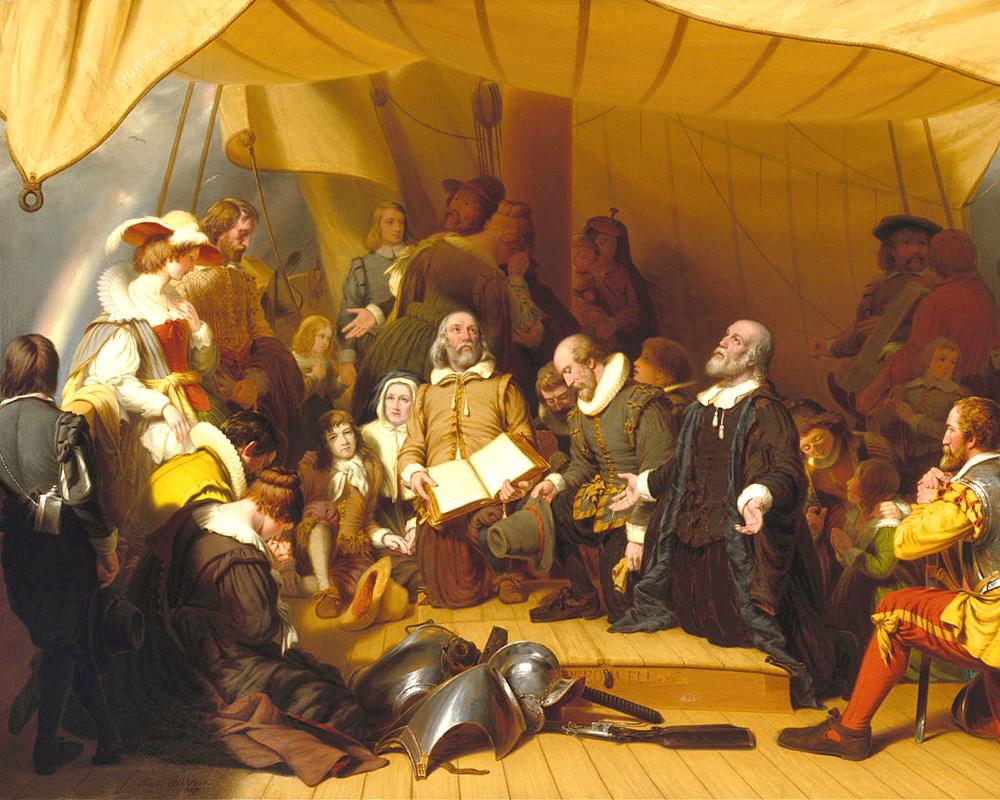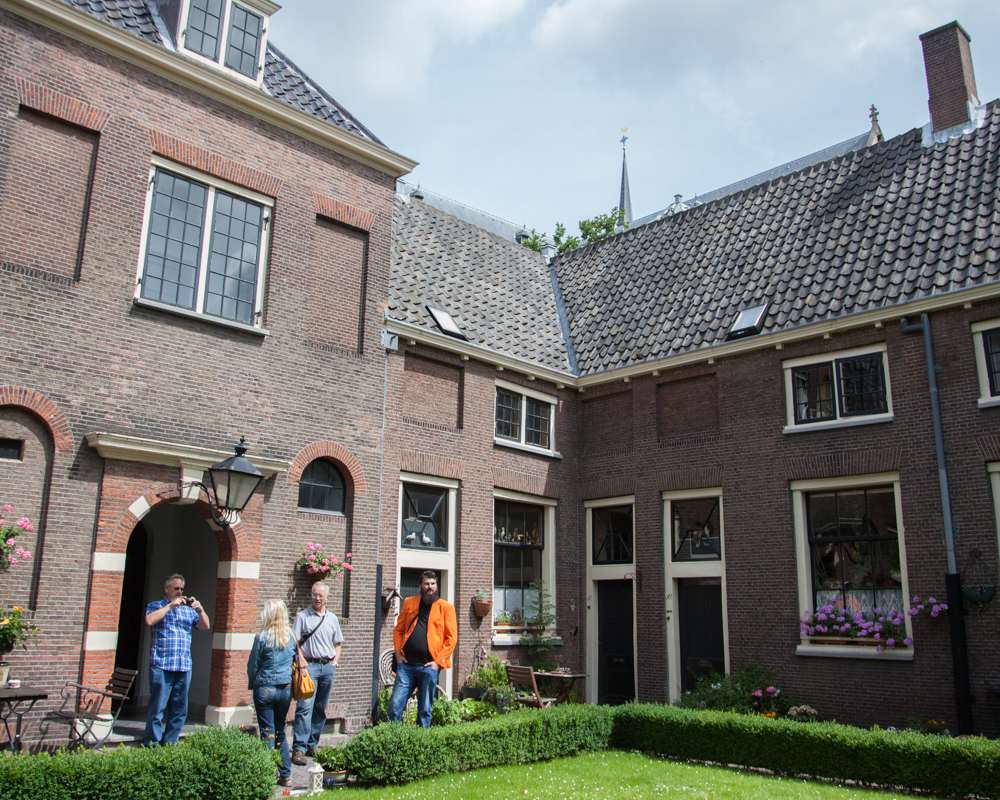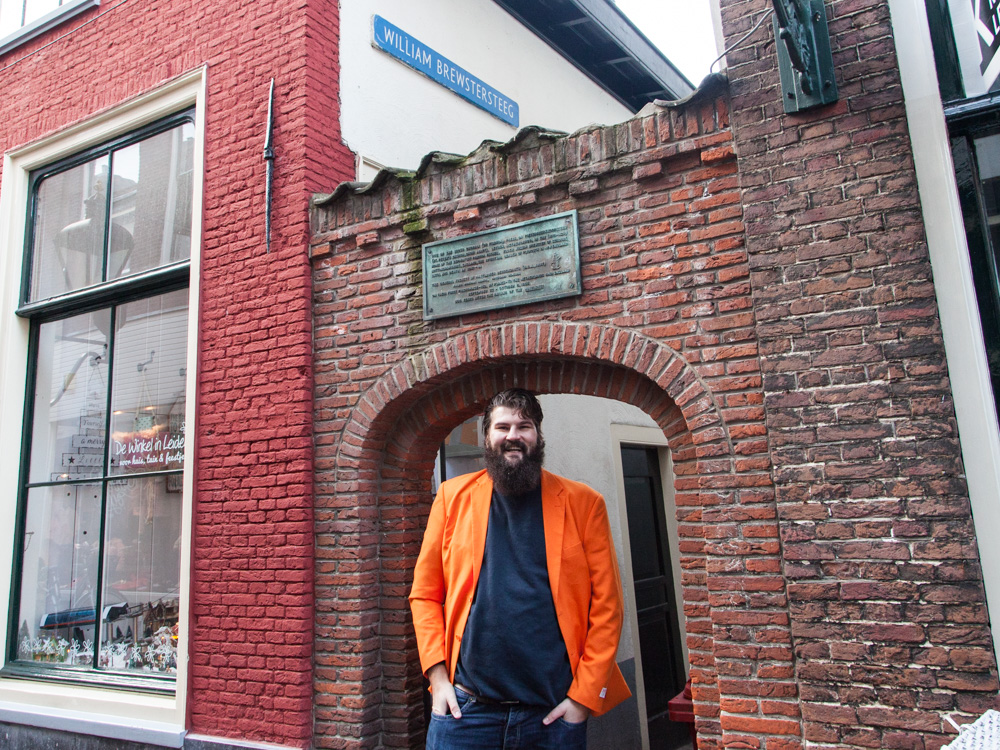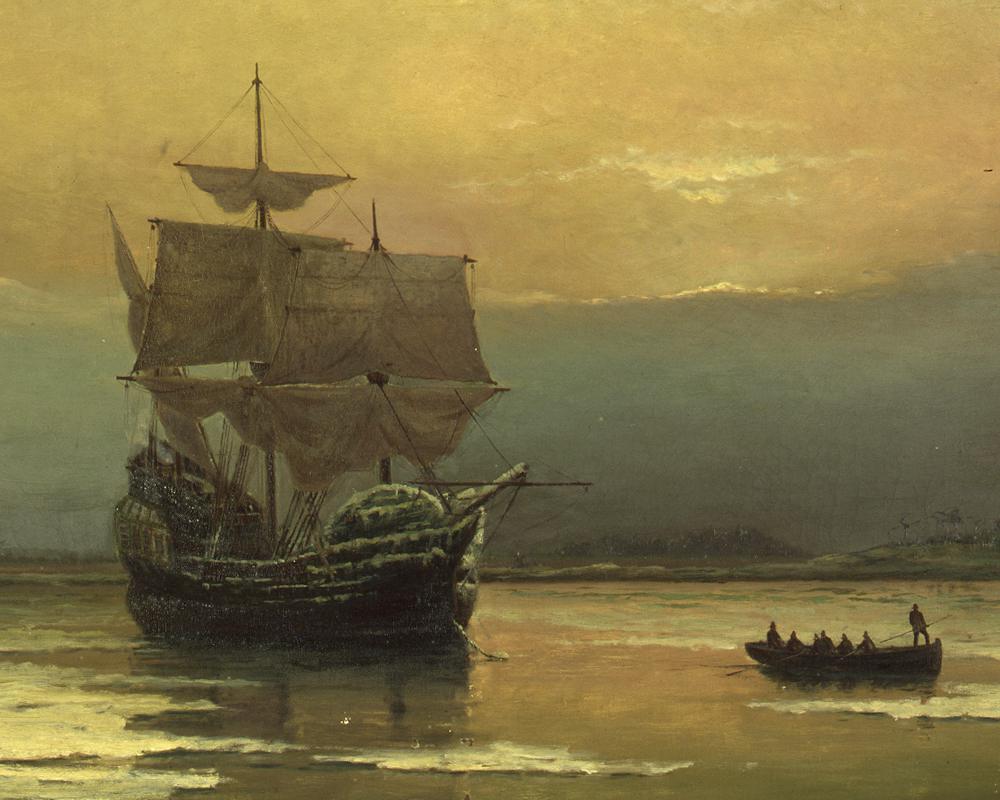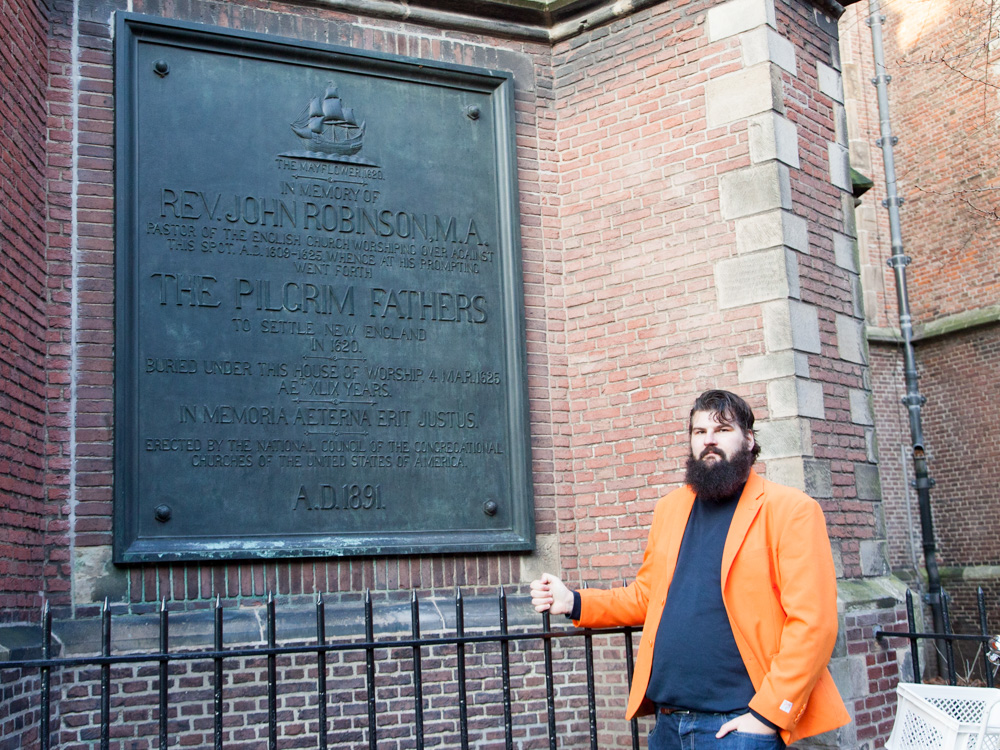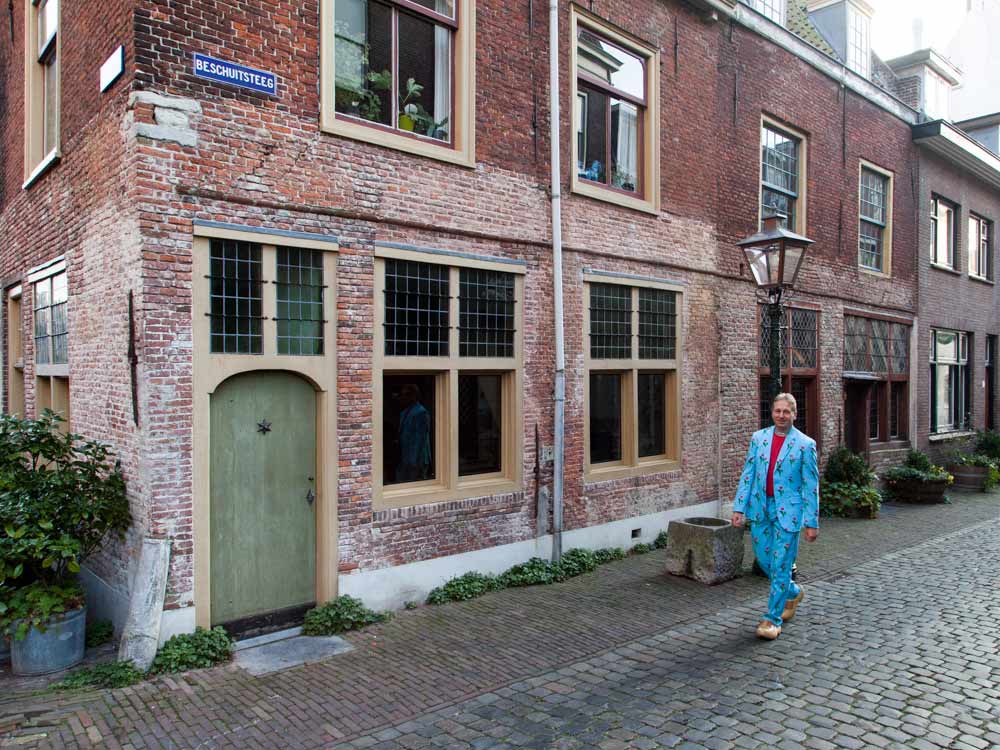Before the Mayflower, Pilgrim Fathers in Leyden
Before the mayflower, the pilgrim fathers lived in Leyden, Holland. The city is now called Leiden, but where did the Pilgrims come from and why did they go to Leiden? We will explain this and more.
Who were the Pilgrim Fathers
The Pilgrim Fathers were a group of early colonists in North America. It is thought that they were the founders of the United States of America.
Where did the Pilgrim come from?
It all started in England, when a group of religious people believed that the State Church of England had not reformed enough from Catholicism.
They were banned, and faced prosecution if they would stay in England.
This is why they sought refuge in the Dutch Republic. They arrived in Amsterdam in 1608 and from there they moved to Leiden. Before they boarded the famous ship 'The Mayflower', they lived in Leyden.
Living and working in Leiden
In 1609 the group of pilgrims arrived in Leiden. They were led by William Brewster and Pastor John Robinson.
Leiden was famous for its crafting and export of cloth. About half of the pilgrims in Leiden worked in the textile industry.
The occupations of other members of the pilgrims have been recorded and include shoemakers, leather-works, coopers, tobacco-pipe maker, midwifes and merchants.
It was a tough life for many of them. In England, they were used to agricultural work.
The house of John Robinson
One of the hidden gems of Leiden is a little courtyard called Het Jean Pesijnhofje. It is located next to the Saint Peters Church at Kloksteeg 21.
This beautiful courtyard is a little garden surrounded by houses. This is where John Robinson and about 20 other pilgrims used to live.
The pilgrims were not allowed to preach their faith in the cities churches. This is why they used John Robinson house for religious services.
The Pilgrim Press and the University of Leiden
A little alleyway now called the William Brewstersteeg was home to the Pilgrim Press. It was here that William Brewster and Thomas Brewer printed dissident books that were smuggled to England.
In 1619, a new law was accepted, forbidding all dissident religious services. Later that year, an English ambassador pursued William Brewster for political opposition. Officials of Leiden helped William Brewster to go in to hiding, but the Pilgrim Printing Press was forced to close.
Thomas Brewer enrolled at the university of Leiden. Students of the University fell under university jurisdiction and could not be easily prosecuted by external parties. This was an extra safety for Brewer while he produced pamphlets and books to influence the public opinion in England.
John Robinson often participated in theological disputes at the University of Leiden.
Leaving Leiden
William Bradford was a pilgrim in Leiden and later the governor of the Plymouth colony. He explained in his journal why they left the city of Leiden.
The pilgrims lived in small houses with big families, working hard from dawn till dusk. The group of Pilgrims were starting to get poor.
Also, the Netherlands was too liberal. Young pelgrim children saw that Dutch children had less biblical obligations. As a result, they rebelled against their strict parents.
And then there was the threat of war. If the Catholic Spanish would regain their rule over Holland, the pilgrims would loose their freedom.
On the other hand, King James of England fought with the Dutch against the Spanish. One of his conditions was that he would have control of all English congregations in Holland.
One way or the other, the religious freedom of the Pilgrim Fathers was under threat. It was clear to many of them that it was time to leave.
In 1620, after a decade in Leiden, a group of Pilgrims left to Delfshaven to board the ship the Speedwell. They sailed England where they boarded the famous ship Mayflower and crossed the Atlantic Ocean.
The St. Peter's Church
Not all the pilgrims went to the New World. Some of them decided to stay. If you walk around the St. Peter's Church in Leiden, you will find two memorial plaques on the outside wall.
One of the memorial plaques is dedicated to John Robinson, the pastor of the pilgrims during their stay in Leiden. He was one of those that stayed, and when he passed away, he was buried in the St. Peter's Church.
The other memorial plaque is dedicated to the others of the pilgrims that stayed in Leiden. On the plaque, their names are listed.
Thanksgiving, a tradition from Leiden
In the meantime, the pilgrim fathers started a colony in Plymouth, Massachusets. They had a hard life the first year, and many of them died. Those who survived, were thankful for that, and started a new tradition.
But rumor has it that this new American holiday of Thanksgiving is based on the celebration of the Relief of Leiden.
During their stay in Leiden, the pilgrims witnessed the celebration from 1609 to 1620. The celebration of the Relief of Leiden included a service of saying thanks in the St. Peter's Church and a meal.
The thanksgiving song 'We Gather Together' is based on the Dutch song 'Wilt Heden Nu Treden'. The song was composed after the Spanish troops were defeated at Turnhout in the Netherlands (1597).
Leiden American Pilgrim Museum
A beautiful small 14th century house is home to the Leiden American Pilgrim Museum. It is located next to the Hooglandse Church.
Here you can learn how the Pilgrim Fathers lived during their stay in Leiden. The rooms are fully decorated in 17th century style. The rooms display 16th and 17th century maps and etchings.
The museum is opened Wednesday to Saturday. From 13:00 to 17:00.
Check the Leiden American Pilgrim Museum website for more information.
Return from Pilgrim Fathers in Leiden to Leiden, the Netherlands
Return to Around Amsterdam
